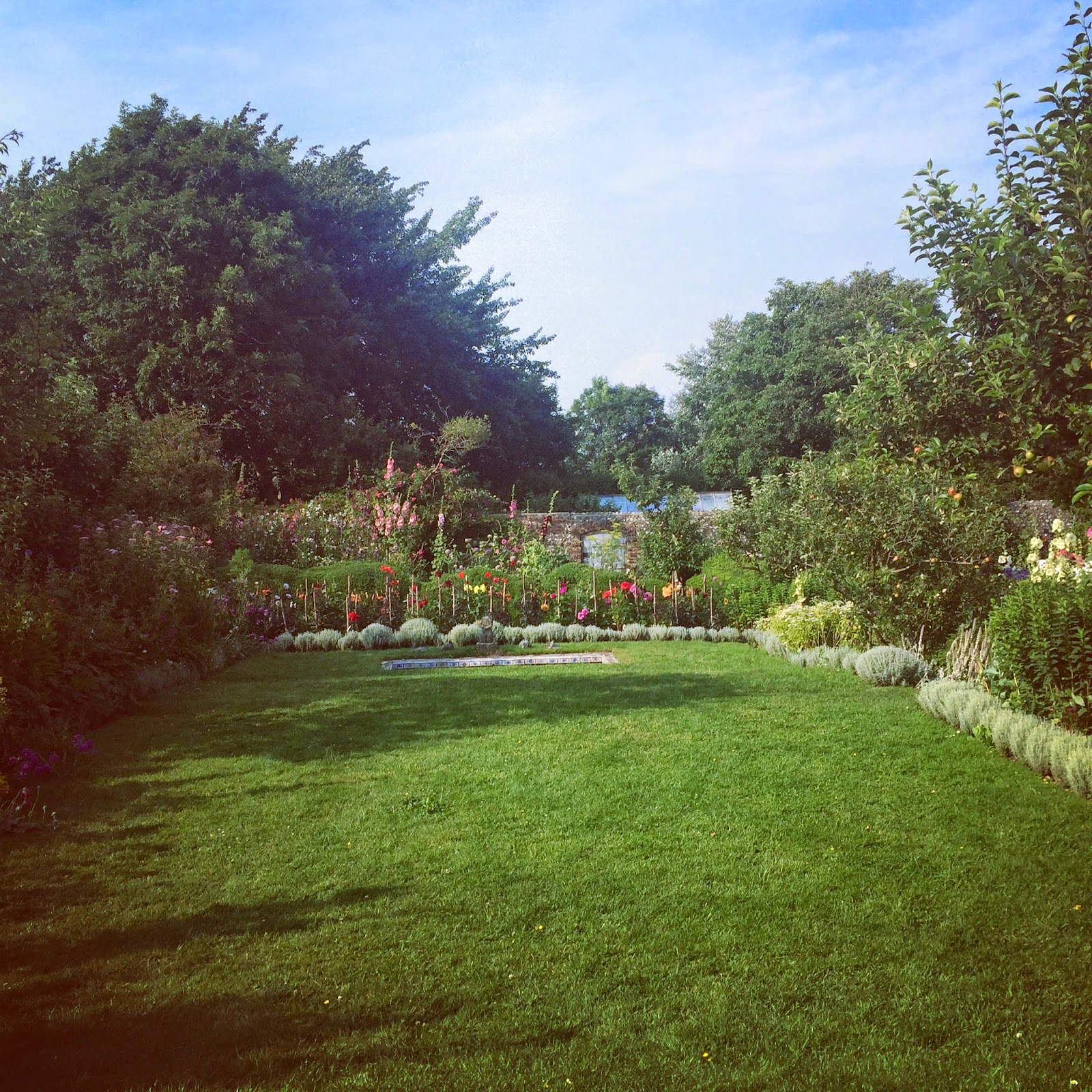 |
| Bertrand Russell, J. M. Keynes and Lytton Strachey |
I know, I am supposed to write about cinema in this blog.
Sometimes, though, some of my passions mingle and I feel the urgency of sharing non-cinematographic things that, by the way, always interact with movies at a certain point!
Since I was very young, I have been a huge fan of British literature. Reasons would be too long (and too boring) to explain here, but I have read an enormous amount of English books, and fell madly in love with many English writers. Among them, Virginia Woolf always had a special place in my heart.
As you probably know, she was part of a group called Bloomsbury, named upon the London area where some artists met every week (back in 1905) at the Stephen sisters home: Virginia (later to be Woolf), and Vanessa (later to be Bell), a painter. The group included, among others, J. M. Keynes, Lytton Strachey, David Garnett, E. M. Forster, Roger Fry, Dora Carrington, Bertrand and Dora Russell. The Group's philosophy was derived from fellow-Bloomsburyite G. E. Moore who wrote in his Principia Ethica: "By far the most valuable things are the pleasures of human intercourse and the enjoyment of beautiful objects". Maybe it is because I completely agree with this “principia” that I have always been extremely fascinated by this group and their way of living, very ahead of their time.
Besides movies based upon books by Bloomsbury authors (oh, so many of them!), cinema has sometimes represented Bloomsbury Group’s people on screen.
It’s been the case in The Hours (2002), by Stephen Daldry, taken from the novel by Michael Cunningham. The film relates the story of three different women, from different times, who have a connection through the book Mrs. Dalloway, written by Virginia Woolf. One of the women is the writer herself, played in a very over the top manner by Nicole Kidman (who, by the way, for this quite ridiculous interpretation won an Oscar as best actress). I loved the movie but I really didn’t like Kidman’s interpretation, which spoiled part of the pleasure of seeing it. Her Virginia Woolf wasn’t at all the one I have always imagined:
While it was exactly as I have pictured him in my head the Lytton Strachey played by a great and never enough appreciated English actor, Jonathan Pryce, in the movie Carrington (1995) by Christopher Hampton:
 |
| Dora Carrington (Emma Thompson) and Lytton Strachey (Jonathan Pryce) |
 |
| The real Dora Carrington and Lytton Strachey |
 |
| Lytton Strachey in a painting by Dora Carrington |
Virginia and Leonard Woolf’s place is called Monk’s House and it is located in the village of Rodmell. It is possible to visit both the house and the garden, where you can see Virginia Woolf’s writing shed (the famous Room of one's own):
And, as you could see, nothing has really changed since the Bloomsbury days:
More images from the garden:
And some images of the house (it was possible to take pictures also inside!):
If the house of Virginia Woolf was already plenty of decorations by the Bloomsbury painters, Charleston Farm, the house of Vanessa Bell, was the triumph of it. Unfortunately it wasn’t possible to take pictures of the absolutely amazing inside, but have a look at the wonderful outside and at the magnificent garden: Le Blog de Zazie: not only good advice about movies, but also about places to see!
How can you ask for more?...













































E' da un paio d'anni che ho delle bozze per un articoletto in Taccuini su Bloomsbury, particolarmente orientato sui suoi aspetti artistici. Meglio così, che non sia ancora stato pubblicato, perchè non sarebbe stato bello come il tuo. Complimenti. Bacioni, Enrico
RispondiEliminaOh no! Io vorrei leggerlo quell'articolo, ti prego, pubblicalo!
EliminaComunque queste case sono stupende e lo spirito dei loro abitanti è lì che aleggia. Le cose belle restano belle nel tempo!